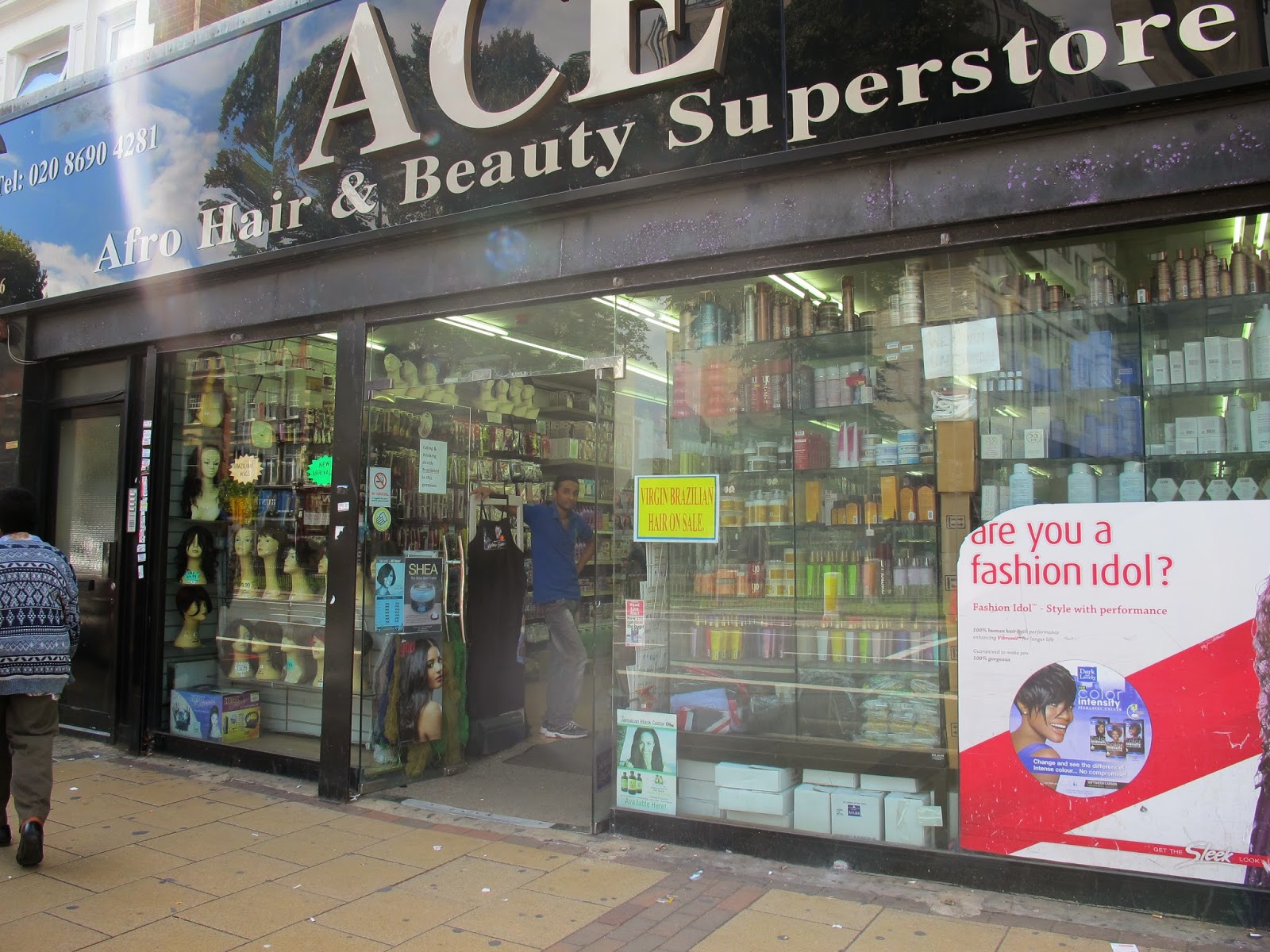Most actors in most performances at the National Theatre will be wearing a wig and, as Helen, my guide, reiterates, it is crucial that the wigs do not look like wigs, for both the actor and the audience they must become hair. Covering everything from elaborate period pieces to a simple change in hair colour, from hiding bald spots to creating bald spots, this is a craft that calls for a huge amount of knowledge, skill and attention to detail among the wig-makers.
Helen shows me around the studio and explains the process of the making of the wigs from measuring the actor's heads using cling film and sticky tape to the knotting of the wigs, using a crochet-hook-like implement to pull three hairs at a time through a mesh cap, then from fitting the wigs to the actors to shampooing, conditioning and restyling them after they've been washed. Each wig, the majority made from human hair, can take up to a week to make. Helen emphasises the importance for the wig-maker to know the character for whom she (and, like hairdressing, this is a highly feminised occupation) is making the wig. These craftswomen attend rehearsals, talk to the director and the actor and get to know the character, the way they dress, speak and move so that the final piece is as much a part of the character as their clothes, their voice, their words or even their body.
One unexpected issue that comes up is the difficulty in acquiring non-processed human hair from suppliers as much of the hair that arrives via global networks to be sold predominantly as wigs or hair extensions comes already separated, cleaned, processed and ready to be woven onto Western heads (for more information on the global trade in human hair see anthropologist Emma Tarlo's work). However this beautifully cleaned, shiny and straightened hair is not much good for making, for example, pirate wigs for Treasure Island. And so the department now sources hair from a supplier who deals in unprocessed hair acquired directly from the tonsorial practices of temples in India.
To see more of what the Wig Department at the National Theatre do follow this link.
Thanks to Helen Casey, Deputy Head of Wigs and Make-Up, for inviting me to visit the department and showing me around.





















